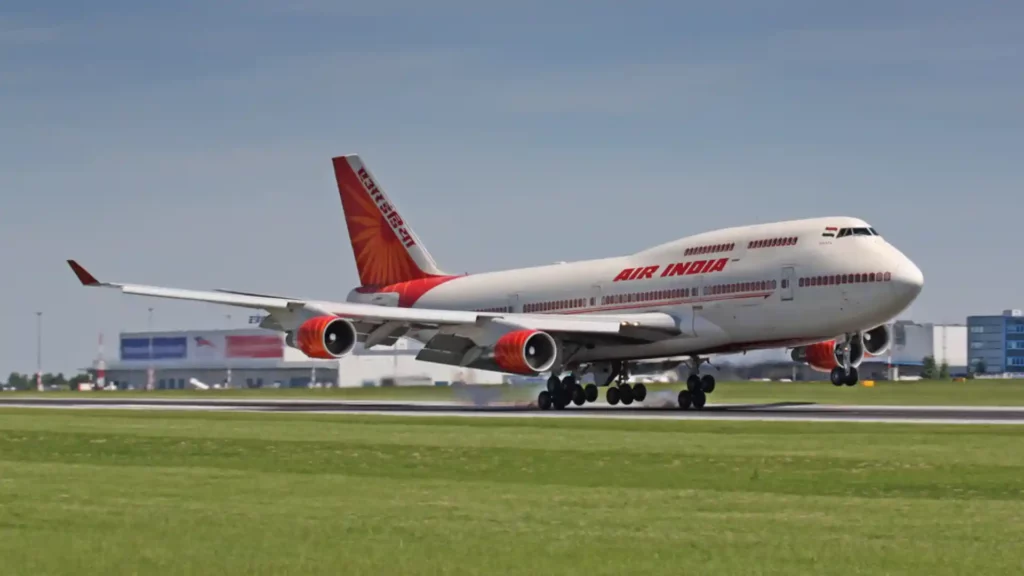The recent acquisitions will empower Air India to operate the most advanced and fuel-efficient fleet within five years
Air India was once so famous for its services that Singapore‘s establishing legislator Lee Kuan Yew involved the carrier as an example for introducing the city’s carrier in the mid-1970s. Years down the line, India‘s public carrier came to be viewed as a wake-up call of decline as it piled up billions of dollars in misfortunes and struggled with a reputation for poor service and delays.
At the point when the Tata Group purchased the organization in October 2021, returning control to the rich Tata family following quite a while of state proprietorship, Chief Natarajan Chandrasekaran spread out an unmistakable goal: “To build a world-class airline”.
Entrusted with driving this mission is Air India CEO Campbell Wilson, who was selected from Singapore’s low-cost airline Scoot in 2022 to pivot the transporter, established in 1932 by French-Indian pilot and entrepreneur JRD Tata. “Standards have slipped considerably over the years,” Wilson told Al Jazeera.
However, Wilson is resolute that the expedition to reestablish Air India to its previous glory is well underway under a five-year turnaround plan introduced the year before. The Tata Group has burned through several billion in changing the organization as of late, putting resources into 470 new airplanes, cabin modernization, and new customer service changes.
After the “capital-intensive” five-year plan is finished, Air India desires to gain from the growth potential of the Indian aviation market, the world’s third-biggest for 145 million domestic travelers yearly. The Tata Group’s underlying need has been its aging fleet, the upkeep of which has been ignored for a really long time.
Not long after the change of ownership, Air India added 36 rented airplanes – 11 Boeing 777s and 25 Airbus A320s – which permitted the carrier to send off six new international routes and increase frequency across a further 24. Air India’s biggest venture accompanied its declaration of plans to purchase 470 new Airbus and Boeing airplanes at an expense of $70bn, including 140 A320neos, 70 A321neos, and 190 of the 737 MAX.
Wilson said the acquisitions will empower Air India to “operate the most advanced and fuel-efficient fleet within five years”. The carrier likewise plans to burn through $400m to retrofit its current armada by repairing lodge insides.
Wilson said the retrofit will at first focus on the carrier’s limited-body A320neo and A321neo airplane, after which 40 inheritance wide-body Boeing 777s and 787s will get a “complete makeover with all new interiors”.
Different changes to improve locally available assistance include presenting premium economy seats on chosen long-stretch flights and new food menus. Henry H Harteveldt, the leader of Atmosphere Research Group, said the Tata Group’s speculations might assist with building an establishment for Air India to succeed, yet the progressions won’t make any difference much on the off chance that the carrier doesn’t figure out how to be solid and reliable.
Damaged Reputation
The Tata Group’s greatest test of all might be tending to Air India‘s strained relationship with its customers. Aside from repeating issues with dependability and reliability, the carrier’s picture has been discolored by high-profile controversies. For example, an episode in February in which an 80-year-old traveler fell after being compelled to walk 1.5 km from the plane to the immigration counter because of a lack of wheelchairs.
Over two years after the Tata Group’s takeover of Air India, the carrier’s turnaround plan has finished its first phase. Its accomplishments so far include a $200m speculation for new IT to help unwavering quality and the enrollment of more than 3,800 new representatives across a few regions to help development.
For the Tata Group, the improvements have continued into 2024 with the planning of new international routes with the new Airbus A350-900 between Delhi and Dubai.
Extra changes, for example, combining Vistara into Air India, are supposed to possess Tata’s focus until the end of 2024, concerning Chandrasekaran’s perspective on consolidation as a significant achievement in an effort to make Air India a world-class airline.
There are additional internal issues with its subsidiary Air India Express, which has both domestic and international flights. Since Tuesday, it has dropped no less than 90 trips as over 100 crew members have phoned in sick without a second to spare, basically a strike activity purportedly over pay and related matters.
Cancelations across the Indian airlines address proprietor Tata Group’s second setback in many months, as Vistara had to change its timetable with flight retractions in a pilot deficiency just in April. Harteveldt said that the unseen details are the main problem with regard to aircraft mergers. Assuming the aircraft groups can “be transparent, even humble”, functional flaws can be streamlined during the integration’s initial months, he said.
In the wake of being in the public authority’s hands for the greater part of 100 years, Air India’s recovery is supposed to take time, Harteveldt expressed, however, there is not an obvious explanation on the planet why, with the right ventures and concentration, Air India can’t effectively separate itself from other Indian-based carriers.
